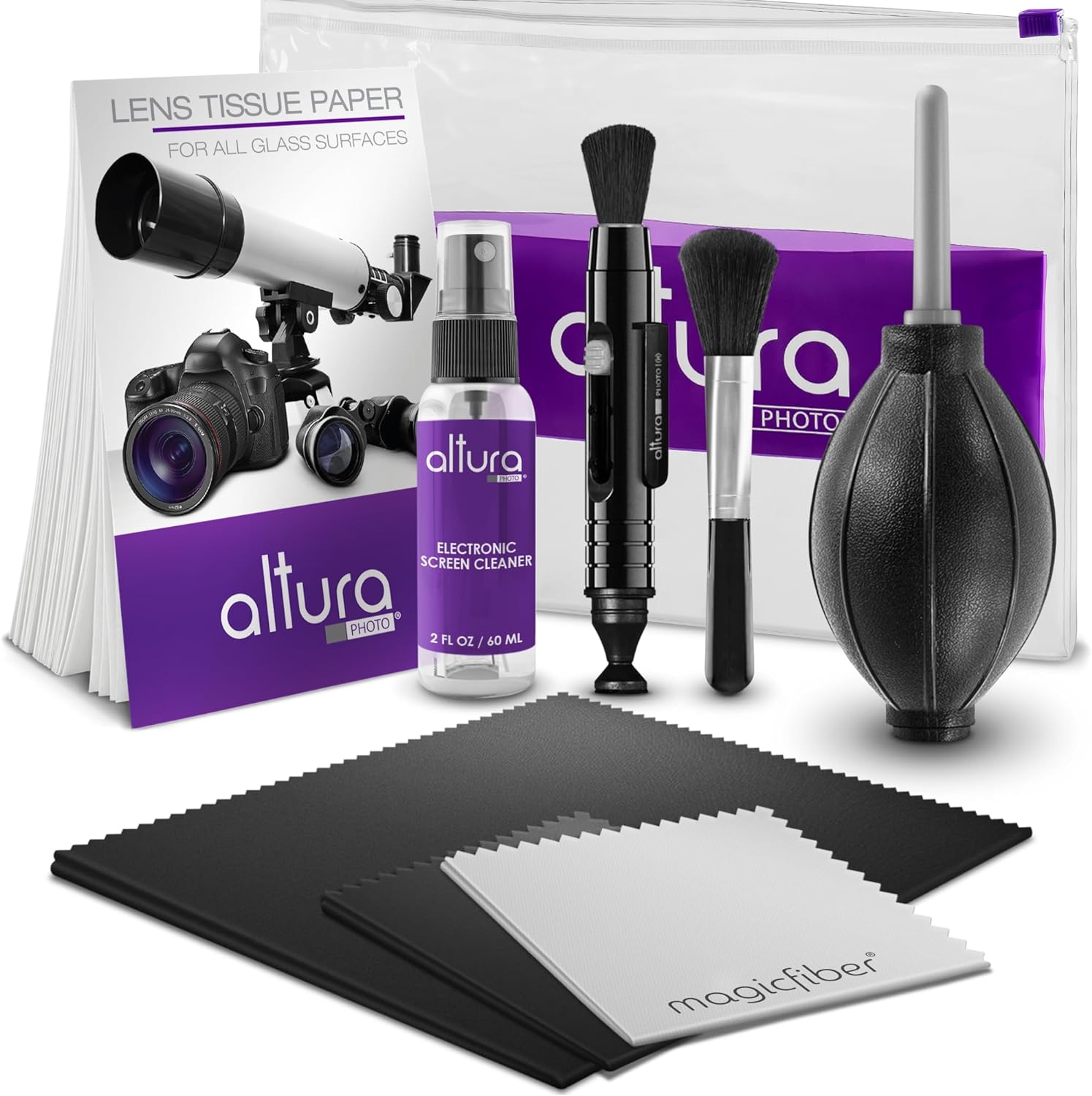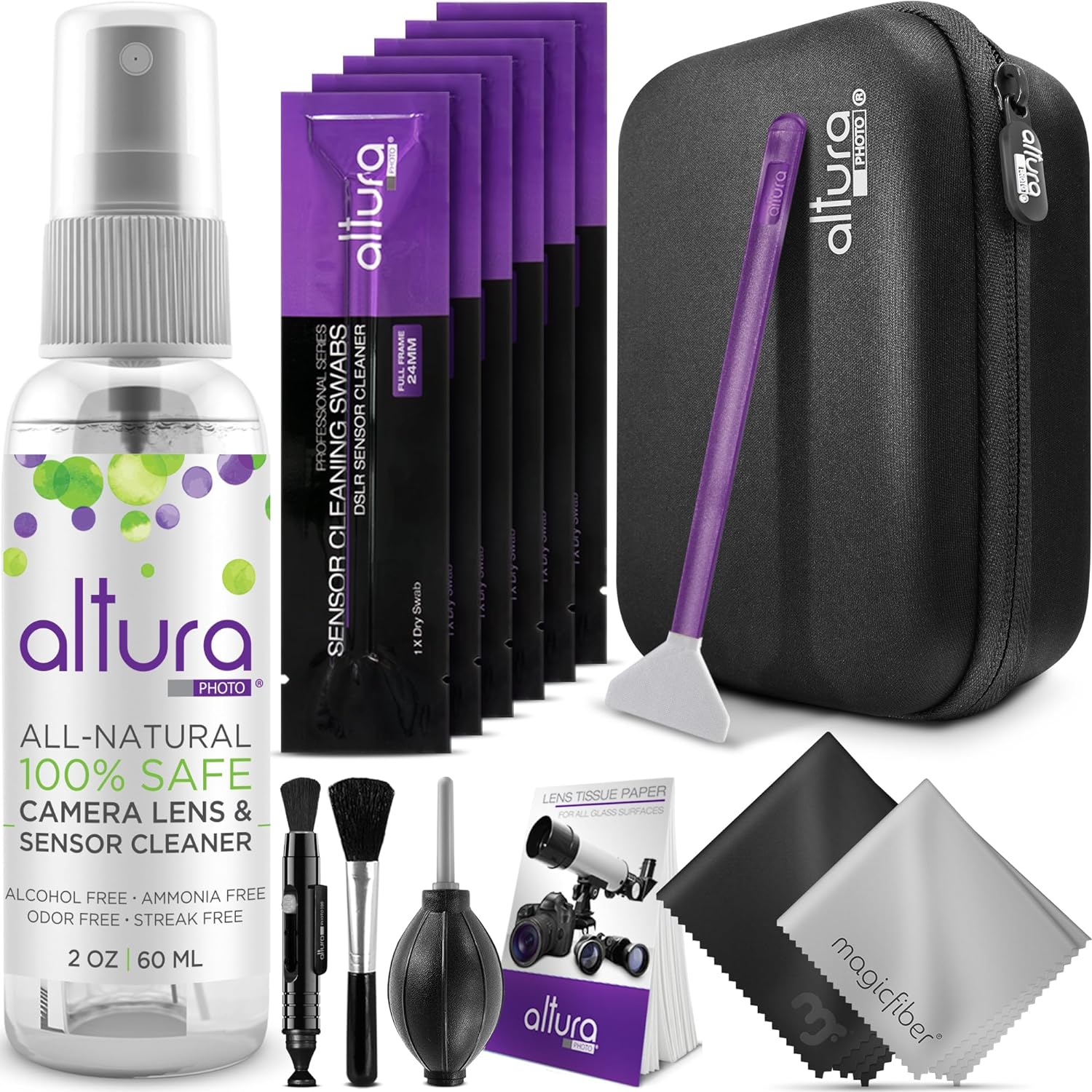How to Fix Blurry DSLR Camera Issues for Professional Photographers
As a professional photographer, there is nothing more frustrating than capturing the perfect moment, only to realize later that the images are blurry. Understanding how to fix blurry DSLR camera issues is crucial for maintaining the quality of your photography. In this article, we will dive deep into the various causes of blurry photos and provide actionable steps to ensure your DSLR camera is always producing sharp, clear images.

Understanding the Causes of Blurry Photos
Camera Shake
One of the most common reasons for blurry photos is camera shake. This occurs when the camera moves while the shutter is open, causing a streaking effect on the image. To mitigate this, always use a tripod, especially in low-light conditions or when using slower shutter speeds.
Incorrect Focus
Another common cause is incorrect focus. Modern DSLR cameras come with advanced autofocus systems, but they are not foolproof. Ensure that you have selected the right focus mode and focus point for your subject. Manual focus can also be a good option for stationary subjects.
Using Slow Shutter Speeds
Slow shutter speeds can also lead to blurry images, especially if you are shooting handheld. Always aim for a shutter speed that is at least double the focal length of your lens. For example, if you are using a 50mm lens, your shutter speed should be at least 1/100th of a second.
Depth of Field Issues
A shallow depth of field can sometimes contribute to blurry photos, particularly if the focus is not spot-on. To increase the depth of field, use a smaller aperture (higher f-number). This will ensure that more of the scene is in focus.

Practical Steps to Fix and Prevent Blurry Photos
Stabilization Techniques
Utilize image stabilization features, either built-in to the lens or the camera body. This can help reduce camera shake and result in sharper images.
Proper Holding Techniques
Properly holding your DSLR can significantly reduce camera shake. Tuck your elbows in close to your body, use your left hand to support the lens, and gently press the shutter release button.
Using a Tripod or Monopod
For optimal stability, use a tripod or monopod. This is especially critical for long exposure shots or when using telephoto lenses.
Correct Autofocus Settings
Understand and make use of the various autofocus modes and focus points your camera offers. Continuous autofocus is excellent for moving subjects, while single-shot autofocus is better for stationary subjects.
Lens Calibration
If your photos are consistently blurry, it may be worth calibrating your lens. Many high-end DSLR cameras offer a lens calibration feature to adjust for any discrepancies.

Additional Tips and Tricks for Sharp Photo Results
Additionally, regular maintenance of your DSLR is crucial. Ensure that the sensor and lens are clean to avoid any dust particles affecting image quality.
FAQs
Why are my DSLR photos still blurry even after trying these fixes?
If your photos remain blurry despite following these tips, there may be an issue with your camera or lens. Consider taking your gear to a professional for a thorough check.
Does weather impact the sharpness of my photos?
Yes, weather conditions like fog, rain, or extreme temperatures can impact image quality. Always consider the environmental factors when shooting outdoors.
Can editing software fix blurry photos?
While some editing software can improve the sharpness of an image to a certain extent, it is always better to get it right in-camera. Relying on software should be a last resort.
As an Amazon Associate, I earn from qualifying purchases.

